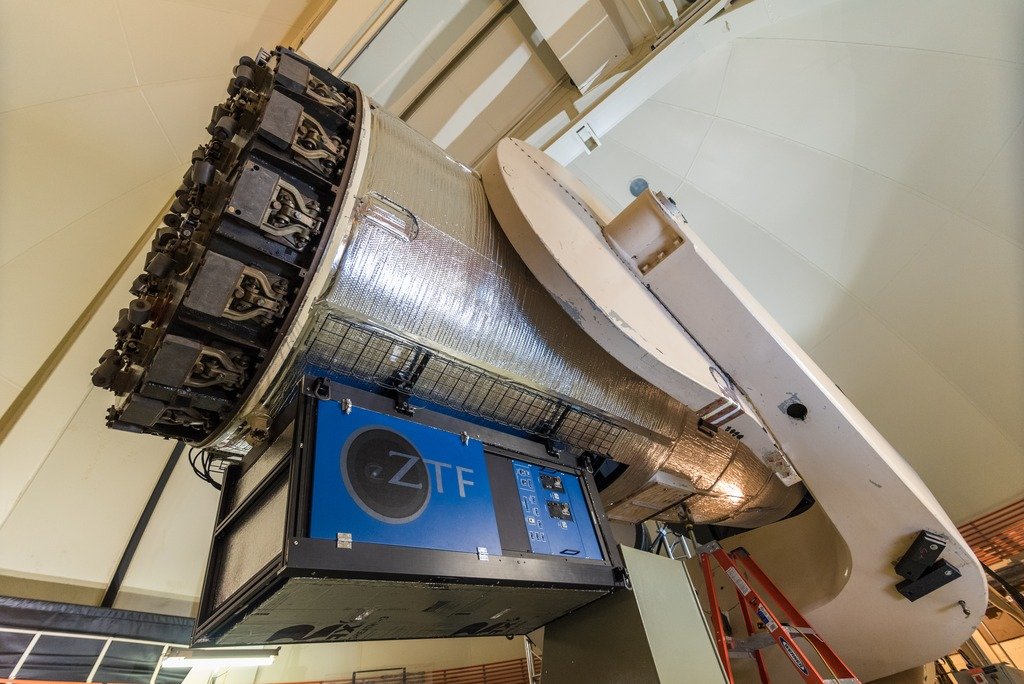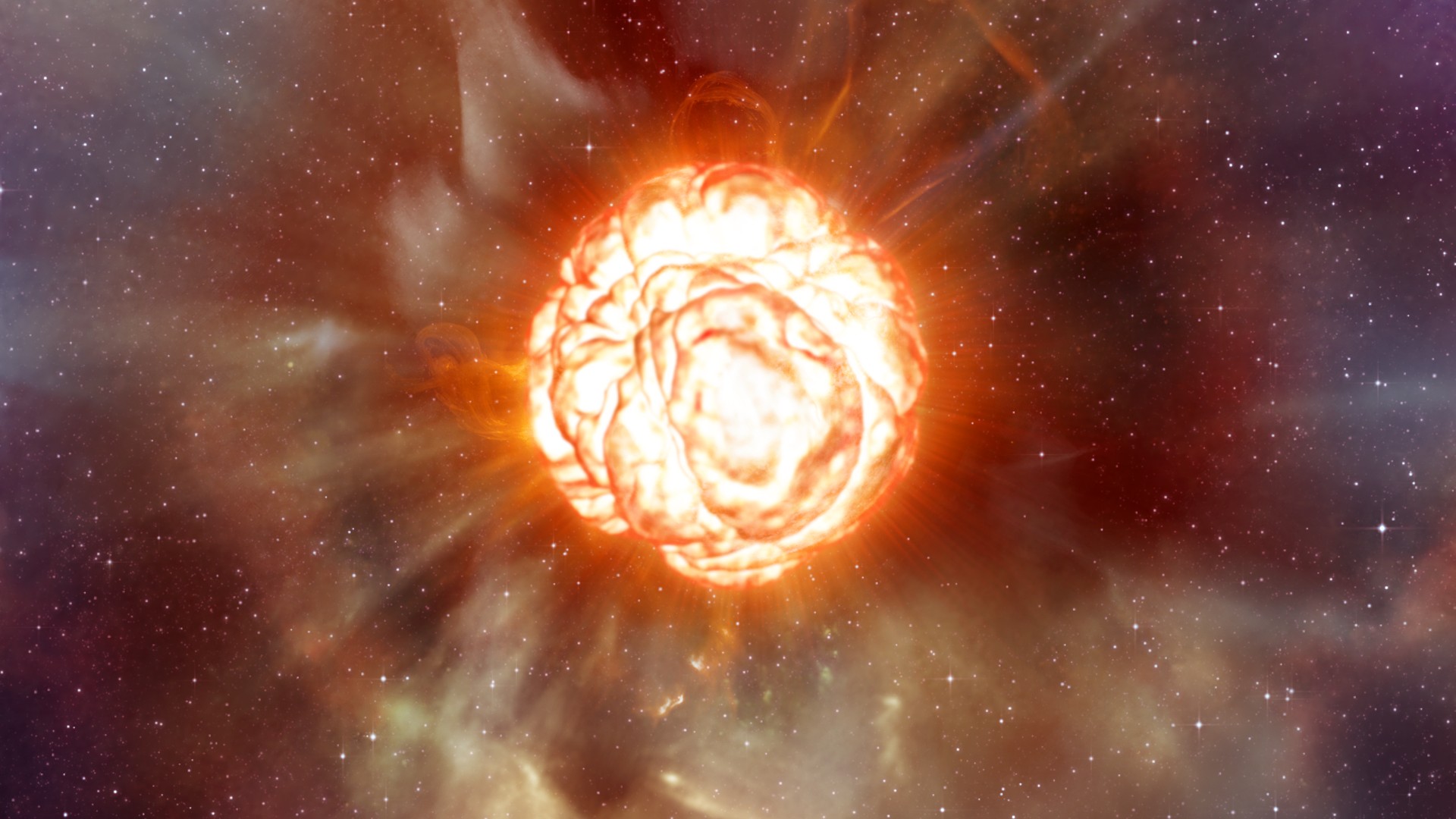Supernova algorithm classifies 1,000 dying stars without error
"Machine learning applications are coming of age in near real-time astronomy."
Astronomers from the California Institute of Technology (Caltech) have used a machine algorithm to classify 1,000 supernovas caused by exploding dying stars.
The algorithm, named SNIascore, created the catalog from data collected by the Zwicky Transient Facility (ZTF), a sky survey instrument attached to the Samuel Oschin Telescope located at Caltech's Palomar Observatory.
Scanning the night sky for short-lived or transient events that can include everything from racing asteroids to feeding black holes and supernovas, ZTF generates a relentless amount of data each night. So much so that ZTF team members couldn't possibly sift through it alone, leading to the development of SNIascore to assist in this monumental task.
"We needed a helping hand, and we knew that once we trained our computers to do the job, they would take a big load off our backs," staff astronomer at Caltech and the mastermind behind the new algorithm, Christoffer Fremling, said in a statement.
Related: Amazon tests machine learning software to analyze satellite images from space
Since the ZTF's first observations in 2017, the survey has identified thousands of supernovas that can be dived into 2 broad classes; Type I supernovas which lack signs of hydrogen, and Type II supernovas which are conversely rich in hydrogen — the universe's simplest and lightest element.
The most common form of Type I supernova happens when a massive star strips matter from a neighboring donor star, which falls to its surface and triggers a thermonuclear explosion. Type II supernovas, on the other hand, occur when massive stars run out of the fuel needed for nuclear fusion and can no longer support themselves against gravitational collapse.
Breaking space news, the latest updates on rocket launches, skywatching events and more!
SNIascore classifies a particular kind of Type I cosmic explosion with a different origin called a Type Ia supernova. These happen when a dying star explodes and results in light output so uniform that astronomers call them 'standard candles.'
These standard candles can be used to measure cosmic distances across the cosmos as well as being useful in gauging the rate at which the universe is expanding.
Each night after ZTF has finished searching the sky for transient events and objects, the data it collects is transmitted to a dome located just a few hundred meters away which houses an instrument called Spectral Energy Distribution Machine (SEDM).
SNIascore then works with SEDM to classify which observed supernovas fit within the Type Ia class. As a result, the ZTF team is building a reliable data set of supernovas that astronomers can use to investigate the physics of these powerful stellar explosions in greater detail.
"SNIascore classified its first supernova in April 2021, and, a year and a half later, we are hitting a nice milestone of 1,000 supernovas," Fremling said. "SNIascore is remarkably accurate. After 1,000 supernovas, we have seen how the algorithm performs in the real world."
Fremling added that since April last year the ZTF team has found SNIascore has misclassified no supernovas. "We have found no clearly misclassified events since launching back in April 2021, and we are now planning to implement the same algorithm with other observing facilities," Fremling said.
Not only are Fremling and his colleagues now planning to implement SNIascore with other telescopes, but they are also working to refine SNIascore so that the algorithm can classify other types of supernovas in the future. Even before these advancements happen, the machine learning tool is reshaping astronomy and demonstrating the changing face of this scientific field.
"The traditional notion of an astronomer sitting at the observatory and sieving through telescope images carries a lot of romanticism but is drifting away from reality," research professor of astronomy at Caltech and ZTF project scientist Matthew Graham said.
Astronomer Ashish Mahabal leads ZTF's machine learning work as well as serving as the lead computational and data scientist at Caltech's Center for Data-Driven Discovery. He concurs with Graham, adding that this work "demonstrates well how machine learning applications are coming of age in near real-time astronomy."
Follow us on Twitter @Spacedotcom or on Facebook.

Robert Lea is a science journalist in the U.K. whose articles have been published in Physics World, New Scientist, Astronomy Magazine, All About Space, Newsweek and ZME Science. He also writes about science communication for Elsevier and the European Journal of Physics. Rob holds a bachelor of science degree in physics and astronomy from the U.K.’s Open University. Follow him on Twitter @sciencef1rst.



